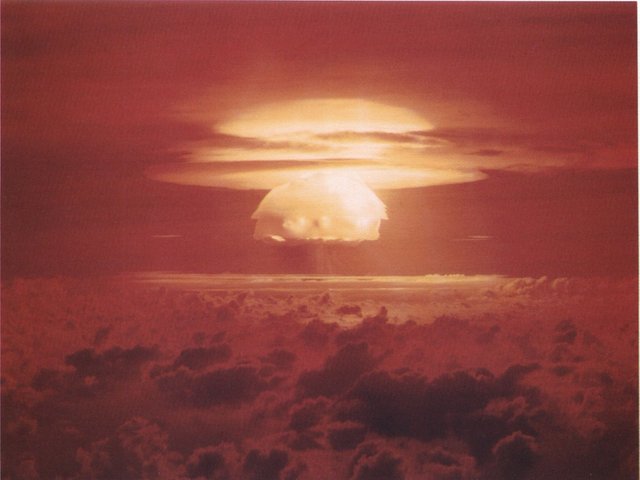
The effects of nuclear weapons continue to impact even the farthest flung reaches of our world today. Radioactive C14 has been found in the muscles of deep sea crustaceans that call hadal trenches home. Hadal trenches are Earth's deepest, at over 4 miles (6 kilometers), and are formed as a result of a subducting fault line, where one tectonic plate rises, while the other is is forced back into the mantle.
Carbon 14 itself is naturally produced via the reaction of our atmospheric nitrogen and cosmic radiation. It's used for the purposes of radiocarbon dating. Unfortunately, due to the nuclear weapons testing of the 1950s and 1960s, the level of C14 in the atmosphere doubled. This new unknown variable introduced uncertainty regarding just how much time had passed and is a continuing topic for archaeologists and other scientists who have had to come up with solutions and tools to deal with the damage that's been done.
The level of C14 found in the crustaceans was much higher than that of the surrounding environment but inline with the samples taken from surface dwelling fish, indicating the reason the crustaceans were presenting with such high levels was due to eating the remains of surface fish that sunk to the bottom.
Read more: http://rsci.nl/iju
Image: United States Department of Energy
Congratulations @ribbitingscience! You have completed the following achievement on the Steem blockchain and have been rewarded with new badge(s) :
You can view your badges on your Steem Board and compare to others on the Steem Ranking
If you no longer want to receive notifications, reply to this comment with the word
STOPTo support your work, I also upvoted your post!
Downvoting a post can decrease pending rewards and make it less visible. Common reasons:
Submit